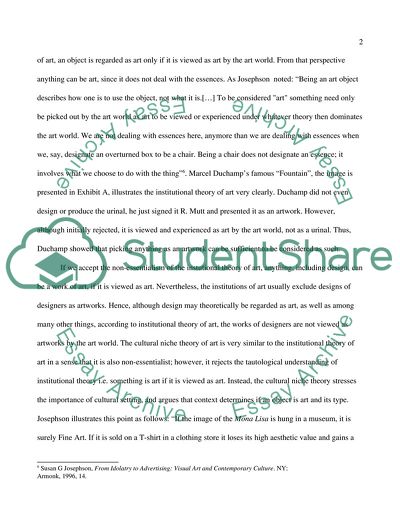Cite this document
(Star-crossed Lovers: Design and Art Research Paper, n.d.)
Star-crossed Lovers: Design and Art Research Paper. Retrieved from https://studentshare.org/performing-arts/1745474-design-is-not-art
Star-crossed Lovers: Design and Art Research Paper. Retrieved from https://studentshare.org/performing-arts/1745474-design-is-not-art
(Star-Crossed Lovers: Design and Art Research Paper)
Star-Crossed Lovers: Design and Art Research Paper. https://studentshare.org/performing-arts/1745474-design-is-not-art.
Star-Crossed Lovers: Design and Art Research Paper. https://studentshare.org/performing-arts/1745474-design-is-not-art.
“Star-Crossed Lovers: Design and Art Research Paper”, n.d. https://studentshare.org/performing-arts/1745474-design-is-not-art.


